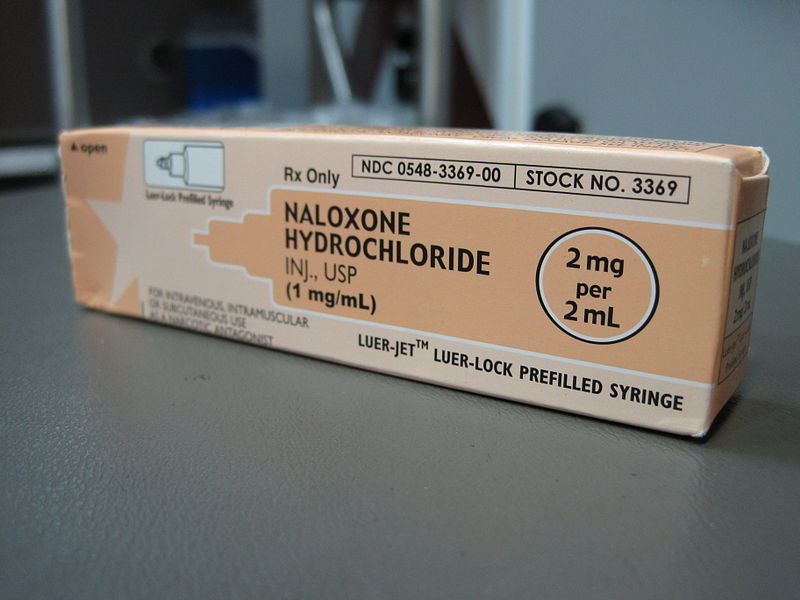Representative’s from the Office of Substance Misuse and Addiction Prevention are travelling the state to gather local input on how to fine-tune Alaska’s response plan for opioid misuse. A session was held last week in Ketchikan.
During much of the seven-and-a-half hour session, participants broke into working groups to discuss strengths, opportunities for improvement and change, and barriers regarding a variety of issues related to the opioid epidemic.
Terrence Robbins of Southeast Prevention Services spoke on behalf of one group. One strength they identified is the prescription drug monitoring program, or PDMP. This helps track patients receiving multiple prescriptions and going to different pharmacies. They discussed the Alaska eHealth Networks Direct Secure Messaging, or DSM, that allows health providers using the system to share patients’ protected health information. Robbins says one problem is that not all heath care providers have access to the system.
“So Community Connections can send Protected Health Information to SEARHC or somebody like that, but if the provider or doctor doesn’t have access to DSM, they don’t really have a good way of communicating and sharing information to another organization.”
One opportunity they identified is for Ketchikan Indian Community Tribal Health, PeaceHealth Ketchikan Medical Center and other providers to work together to share information.
Another group addressed withdrawal management. They feel that the community needs and wants a detox facility, but no one wants to take on that effort. They say education is needed in the community to understand how detox works and what happens to a person detoxing.

Some of the participants attending the opioid response workshop in Ketchikan on December 13, 2017 (KRBD staff photo by Maria Dudzak).
Youth substance abuse was another topic. Public Health nurse JoBeth Shimek says it’s good that there is substance abuse education in 7th, 8th and 9th grades, and that there are programs and speakers brought to schools, but there should be more. Her group felt one barrier to change and prevention is trust.
“So trust between youth disclosing to teachers. We had Kurt (Lindemann) from Revilla (Alternative School) talk about how the students largely share so much with their teachers, but when it comes to drugs, there’s a big stigma, there’s a big taboo, there’s not a lot of openness in talking about that.”
She says another concern is how to help young people growing up in homes where parents are addicted to drugs.
Another group looked at opportunities for collaboration and partnerships. They say a key to collaboration is building relationships, trust and cultural understanding. Hope Finkelstein of the Department of Health and Social Services spoke for the group.
“There are a lot of different groups from different kinds of ethnic and historical backgrounds, different kinds of economic backgrounds and regional backgrounds. But making sure there is cultural competency and cultural communication so people understand people coming from different places.”
Ketchikan Police Chief Joe White spoke for the group looking at security measures to prevent opioid importation. He says a strength is that law enforcement works well with other agencies and private industry. White says the greatest weakness is a lack of public support.
“If we don’t get the information coming in, we can’t work on the problem. So it’s building relationships and partnerships with these kinds of groups to help us get the information we need to attack the problem.”
White says there is a lack of interaction between law enforcement and the public. He says unless community members feel comfortable talking to the police, drug sales and other problems will continue.
Several groups discussed the need for more education and community presentations about opioid misuse and recovery. Common concerns are that certain providers only cover certain populations, and that alternate forms of pain management, such as massage, are not covered by insurance. Peer-to-peer recovery was seen as important and successful. Also identified as important is removing the stigma of drug abuse so that people will feel safe seeking help.
The information gathered in Ketchikan will be used to help develop a statewide action plan to address opioid abuse. Representatives of the Department of Health and Social Services will continue gathering feedback from other communities hardest hit by the epidemic before developing a strategic plan.






